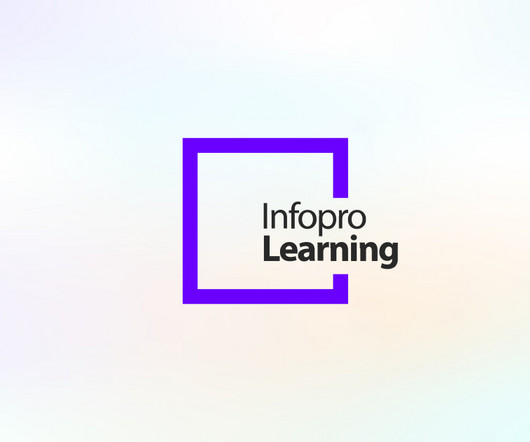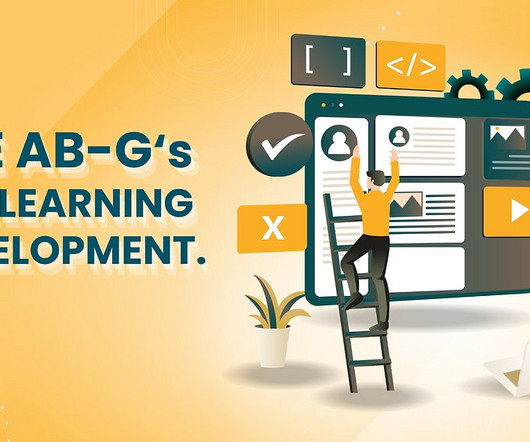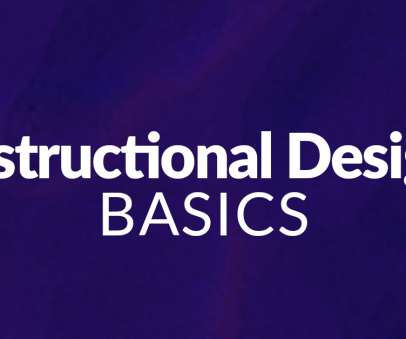Optimize Your Learning Strategy with a Training Needs Assessment
Infopro Learning
JANUARY 25, 2024
Training Evaluation vs. Training Assessment An evaluation (corresponding to the “E” in the ADDIE model) focuses on measuring the effectiveness of the already implemented training. Close knowledge gaps, streamline budgets, and witness a surge in your ROI. This applies to any situation where resources are limited.

































Let's personalize your content